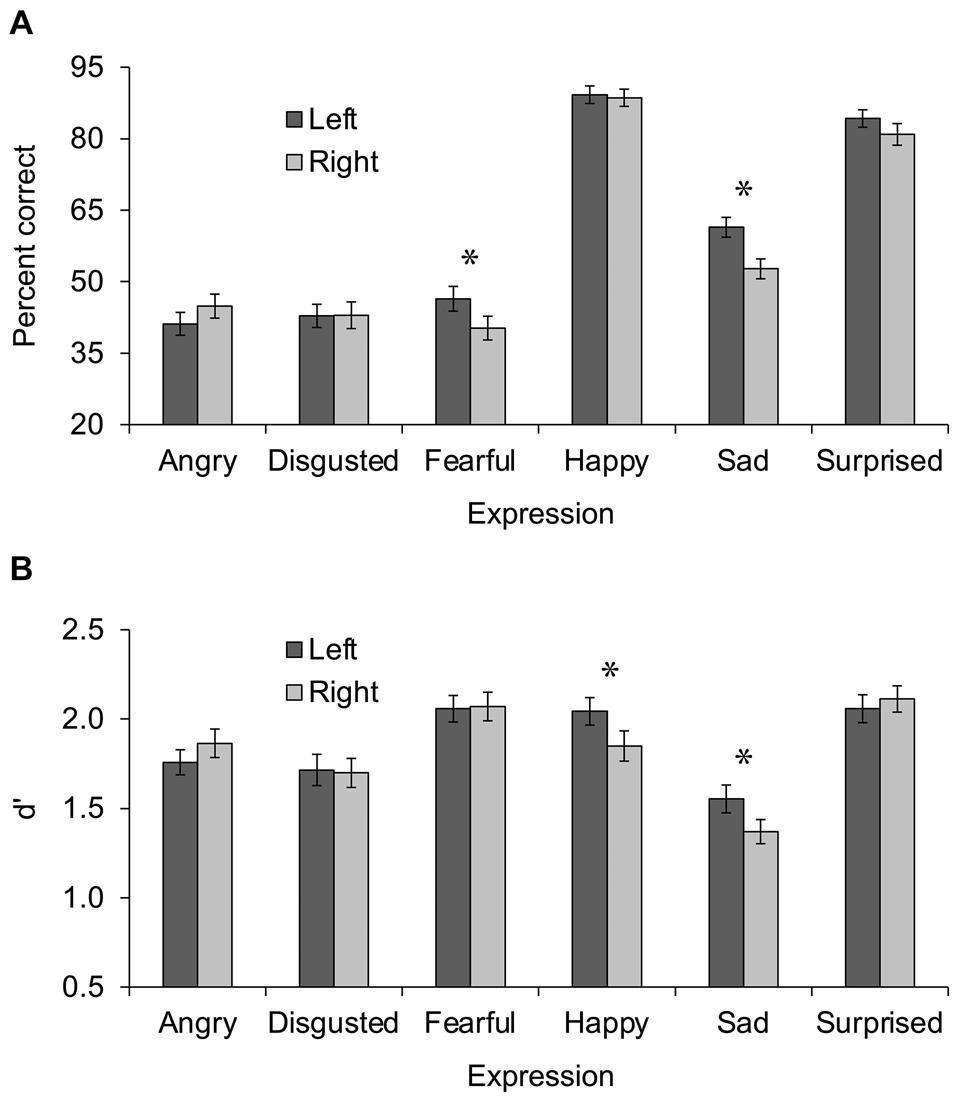
New Hypothesis Suggests Psychedelics Restore Balance Between Brain Hemispheres, Unlocking Creativity and Connection
A fresh hypothesis is transforming our comprehension of how psychedelics affect the brain. Recently featured in the Journal of Psychopharmacology, the concept indicates that psychedelic substances may produce their significant psychological impacts by momentarily shifting control from the typically more active left hemisphere to the often-overlooked right hemisphere. This transition could account for the repeated observations of increased creativity, empathy, and feelings of connection reported by users across a variety of settings and cultures.
Presenting the HEALS Model
Dr. Adam Levin, a psychiatrist and postdoctoral researcher at Ohio State University’s Center for Psychedelic Drug Research and Education, unveiled the HEALS framework—an acronym for Hemispheric Annealing and Lateralization Under Psychedelics. This model suggests that psychedelics do not simply alter brain patterns, as many current theories suggest, but rather facilitate a temporary rebalancing between the two brain hemispheres.
“In the psychedelic state, there’s an exceptional integration of the hemispheres occurring in a way that doesn’t typically happen in ordinary states of consciousness,” Levin explains. “It’s as though the left and right hemispheres engage in a novel interaction regarding their interpretations of the world.”
Moving beyond the oversimplified concept that categorizes the left brain as logical and the right brain as creative, Levin’s theory emphasizes the differing ways the hemispheres view reality. The left hemisphere tends to favor concentrated, narrowly filtered information, whereas the right embraces a broader, more interconnected thought process—both emotionally and perceptually. According to HEALS, psychedelics temporarily enable the right hemisphere’s viewpoint to dominate, uncovering new layers of experience.
Exploring the Hemispheric Contrast
Neuroimaging studies referenced by Levin demonstrated heightened activity in the right frontal lobes and an overall metabolic shift favoring the right hemisphere during psychedelic experiences. These findings are consistent with common accounts from individuals under the influence of substances like psilocybin, LSD, and ayahuasca:
– Expanded perception and increased awareness of surroundings
– Enhanced empathy and emotional understanding
– Increased creativity and abstract thinking
– A strong sense of unity with others and nature
– Greater appreciation for music and metaphor
Levin argues that these experiences reflect the usual functions associated with the right hemisphere: expansive attention, emotional processing, bodily awareness, and interconnected understanding of the world.
“To me, many of these individuals’ experiences closely resemble what I’ve been observing in my psychedelic research,” Levin states. “The overarching patterns align remarkably well with the qualities attributed to the right hemisphere.”
Connections to Neurological Conditions
Levin’s insights are further supported by his clinical encounters with stroke patients. He notes that individuals with damage to the right hemisphere typically experience a diminished awareness and may neglect half of their perceptual space. In contrast, those who experience left hemisphere strokes often retain a more comprehensive, contextual understanding of their surroundings—a sign that dominance of the right hemisphere alone can foster a greater sense of wholeness instead of deficit.
This reinforces the notion that the right hemisphere provides a more interconnected, holistic perspective, typically overshadowed by our left hemisphere’s analytical, detail-oriented processing. Psychedelics may grant fleeting access to this “background mode” of perception.
Mindfulness and Ancient Wisdom: A Convergence
Levin’s theory also unites contemporary neuroscience with age-old practices and intuitive knowledge. Interestingly, other activities that enhance right hemisphere functioning—such as mindfulness meditation—exhibit similar outcomes to psychedelic experiences regarding emotional equilibrium, perspective changes, and heightened senses of unity.
Research indicates that regular meditation can thicken the right hemisphere and promote neuroplasticity. Psychedelics might achieve comparable effects in a fraction of the time, albeit temporarily. “This suggests to me that many core right-sided networks enhanced through meditation might also be briefly—or perhaps for a longer duration—enhanced by psychedelics,” Levin observes.
Viewed through this lens, psychedelic healing might not represent the creation of a wholly new state but rather a “recall” or “re-accessing” of inherent cognitive processing patterns that our fast-paced, left-dominant culture tends to stifle.
A New Perspective, Not an Alternative Theory
Levin highlights that the HEALS model does not dismiss existing theories regarding the mechanisms of psychedelics—many of which concentrate on altered hierarchical brain patterns or transitions between top-down (cognitive) and bottom-up (sensory/emotional) processing. Rather, HEALS introduces a new dimension of understanding—right versus left hemisphere functionality—and aids in explaining why psychedelic experiences consistently yield emotional, aesthetic, and cognitive responses.
The HEALS model proposes an encouraging new pathway for therapeutics. If psychedelics can offer individuals access to suppressed right-hemisphere modes of existence—compassionate, intuitive, and creative—they could play a crucial role in addressing conditions such as depression.